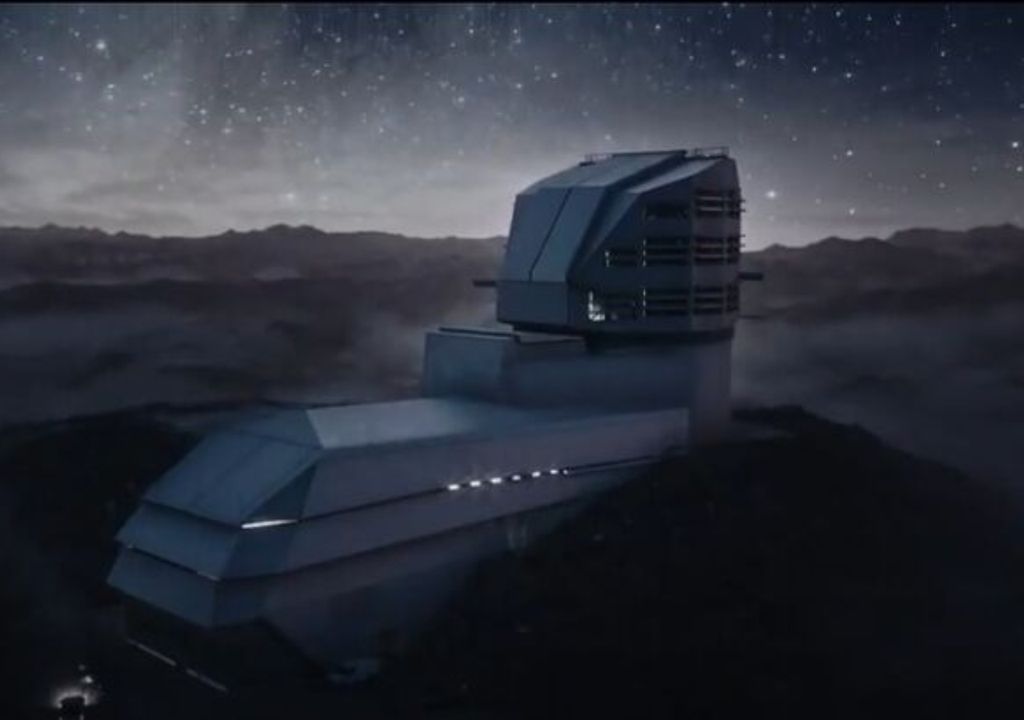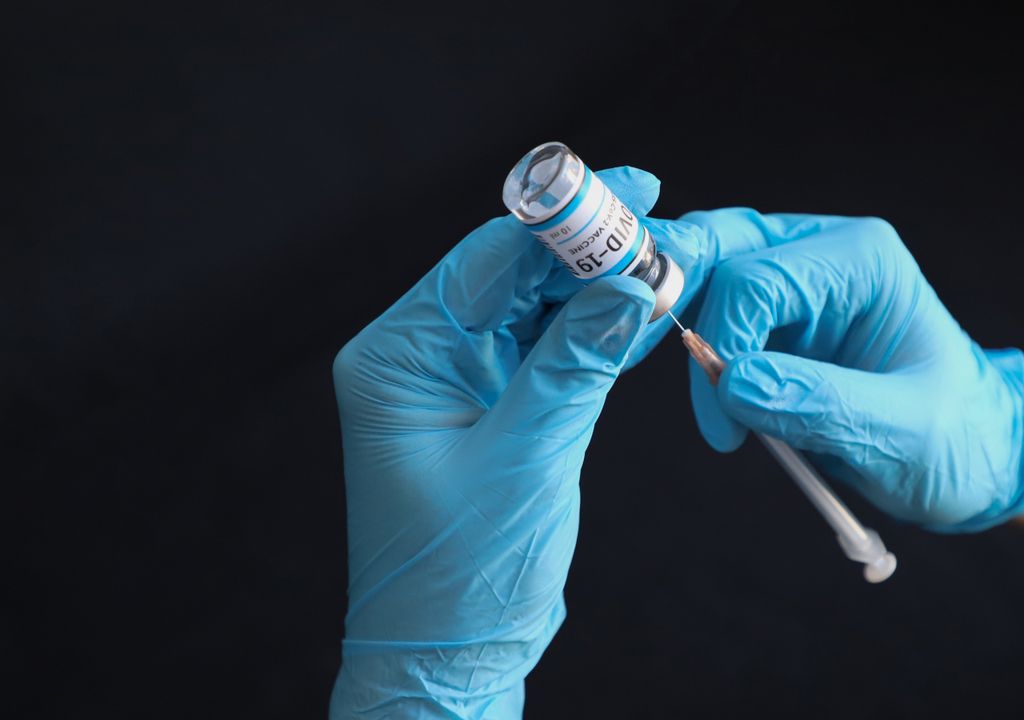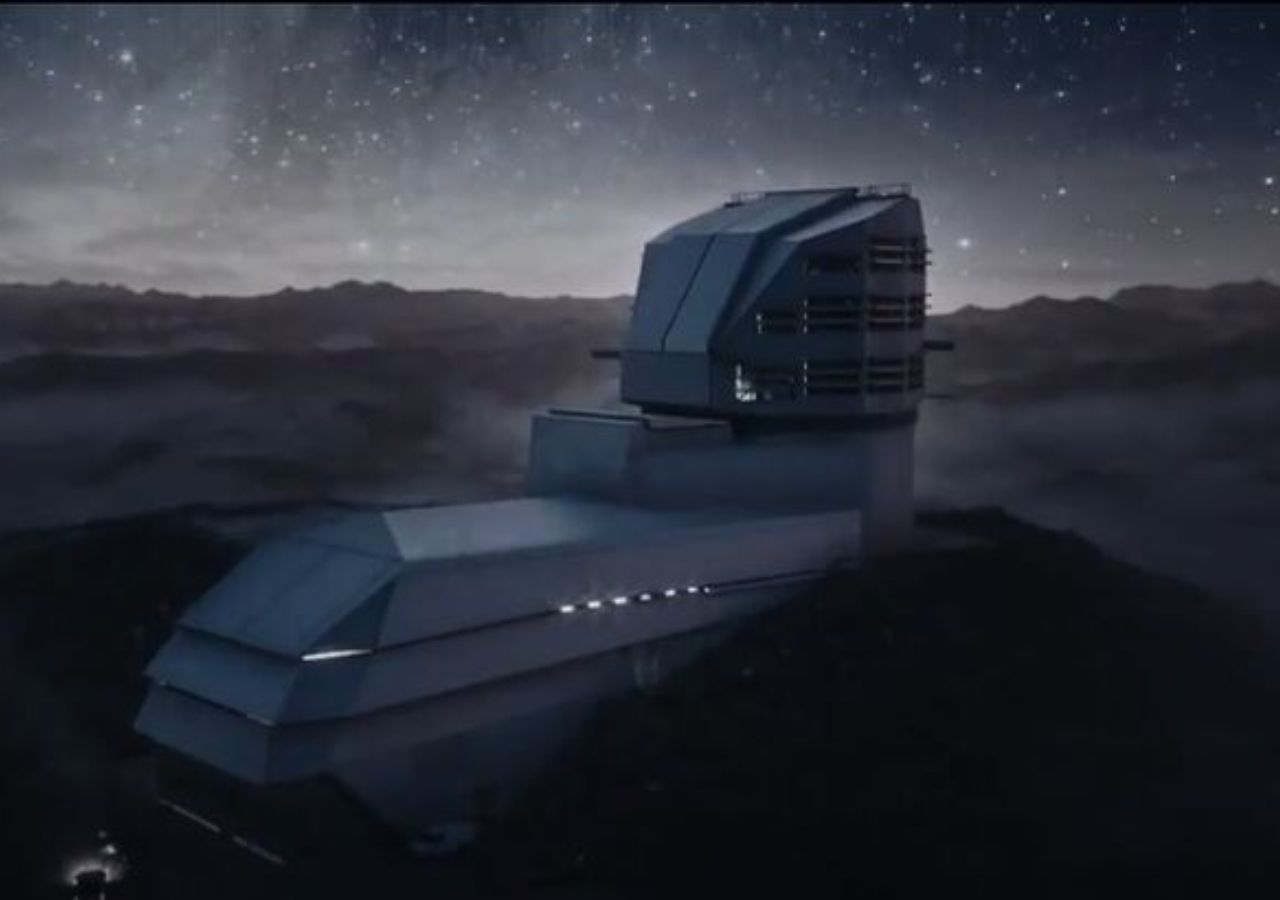
World science is advancing by leaps and bounds And there will be many events that will leave us silent throughout 2023. The most prestigious scientific journal natures Collect the main scientific events that we will talk about over the next year. We see…
The moon is approaching
Three more missions to the Moon have been launched recently: UAE’s Rashid rover, NASA’s Lunar Flashlight, and Japan’s HAKUTO-R 1 mission, which will attempt to land on the moon in April. The Indian Space Research Organization’s third lunar exploration mission, Chandrayaan-3, will land near the South Pole in mid-2023. Next year will also see the first civilian flight to the Moon, with 11 people embarking on a private spaceflight Today aboard a SpaceX Starship rocket.
Climate Change: Loss and Damage Fund
Agreement on the Loss and Damage Fund at the 27th United Nations Climate Change Conference (COP27)An important step towards climate justice. Under the agreement, Rich countries that have historically been responsible for high emissions will compensate poor countries financially affected the most by climate change.
But the details still need to be worked out. A “transition committee” is expected to meet by the end of March to make recommendations on how to organize the money, which will be presented to delegates from around the world during COP28 United Nations Conference in Dubai next November.
Advanced observation of the universe
The first images from the James Webb Space Telescope (JWST) have left the world in awe. Some of the JWST’s findings about the early universe were published this year, and astronomers will continue to share telescope findings and findings about the evolution of galaxies in the coming year.
Euclid Space Telescopeis under development by the European Space Agency (ESA), It revolves around the sun for 6 years to take pictures to create a 3D map of the universe; It is expected to take off in 2023. Also of note is the Japan Aerospace Exploration Agency’s X-ray Imaging and Spectroscopy mission, an Earth-orbiting satellite that detects X-ray radiation from distant stars and galaxies.
The Vera Rubin Observatory in Chile will begin taking images in July 2023. The telescope, which features a special design with three mirrors and a camera containing more than 3 billion pixels of solid-state detectors, He would be able to survey the entire southern sky in just three nights. In addition, the world’s largest steerable telescope, the Xinjiang Qitai Radio Telescope (QTT), will be put into operation in Xinjiang, China. A fully adjustable QTT dish, which has a range of 110 metres, will allow it to spot 75% of the stars in the sky at any given moment.
New generation vaccines
Following the successful deployment of mRNA vaccines during the COVID-19 pandemic, many of which are under development. BioNTech is expected to launch in Mainz, Germany, in the coming weeks First human trials of mRNA vaccines against malaria, tuberculosis, and genital herpes. BioNTech is also collaborating with Pfizer in New York City to test an mRNA-based vaccine to reduce the rate Fire belt. Moderna in Cambridge, Massachusetts, has an mRNA vaccine candidate for the viruses that cause genital herpes and shingles.

In November, BioNTech and Pfizer began phase 1 trials of an mRNA vaccine designed to protect against both COVID-19 and influenza. The combination vaccine contains mRNA sequences that encode binding proteins for SARS-CoV-2, Omicron BA.4/BA.5, and four different types of influenza.
Pathogen checklist
The World Health Organization is expected to publish a revised list of priority pathogens. About 300 scientists will examine evidence from more than 25 viral and bacterial families to determine which pathogens could cause future pandemics. R&D roadmaps for each priority pathogen will identify knowledge gaps, set research priorities, and guide the development of vaccines, therapeutics, and diagnostic tests.
CRISPR treatment
Next year could herald the first approval of one CRISPR gene-editing therapyFollowing promising results from clinical trials using the CRISPR-Cas9 system to treat beta thalassemia and sickle cell anemia, two genetic blood disorders. treatment exagamglogine autoexpulsion (exa–tuberculosis) was developed by Vertex Pharmaceuticals of Massachusetts in Boston and CRISPR Therapeutics of Cambridge. It works by harvesting a person’s stem cells and using CRISPR-Cas9 technology To modify the defective gene, before giving the person the cells back.
Physics goes beyond the Standard Model
Physicists published the first results of the Muon g -2 experiment in April this year and are expected to publish more accurate results in 2023. The experiment studies how short-lived particles known as muons behave in magnetic fields and creates a sensitive test of the Standard Model of particle physics.
The Jiangmen Underground Neutrino Observatory in southern China will also begin work on physics outside the Standard Model, using a detector kept 700 meters underground to measure the fluctuations of neutrinos, electrically neutral subatomic particles. Another highly anticipated event by particle physicists is the opening of the European fragmentation source (ESS). near Lund, Sweden. The pan-European project will generate intense neutron beams to study the structure of materials, using The most powerful linear proton accelerator ever built. The ESS will welcome its first researchers next year.
Alzheimer’s medications
In early January, the US regulators It will announce whether a drug that slowed the rate of cognitive decline in a robust clinical trial can be made available to people with Alzheimer’s disease.
It was developed by the pharmaceutical company Eisai and the biotechnology company Biogen, and likanimab It is a monoclonal antibody that kills the beta-amyloid protein that builds up in the brain. A clinical study involving 1,795 people with early-stage Alzheimer’s disease showed that licanimab slowed mental decline by 27% compared to a placebo. However, some scholars believe that this is only a modest benefit Others are concerned about the safety of the drug.

Another Alzheimer’s drug, called blarkamesine, will continue to make its way through clinical trials. Blarcamesine activates a protein that improves the stability of neurons and their ability to communicate with each other.
nuclear waste depot
The world’s first nuclear waste storage facility will be commissioned next year at Olkiluoto, An island off the southwestern coast of Finland. The Finnish government approved the construction of a deep underground bunker in 2015 for the safe disposal of spent nuclear fuel.
Up to 6,500 tons of radioactive uranium will be packed into copper containers covered with clay and buried inside granite rock tunnels 400 meters underground. The nuclear material will remain sealed there for many hundreds of thousands of years, by which time radiation levels will be harmless.

“Infuriatingly humble alcohol fanatic. Unapologetic beer practitioner. Analyst.”


